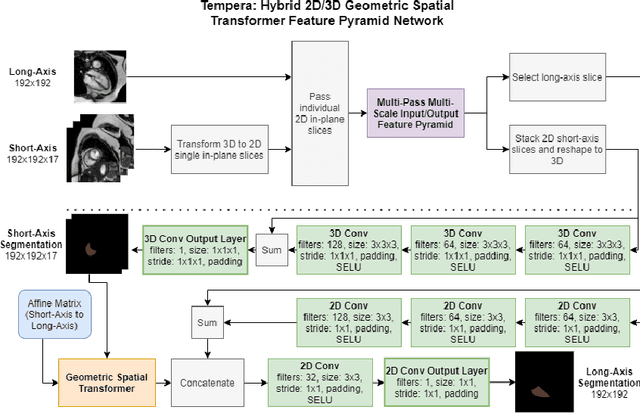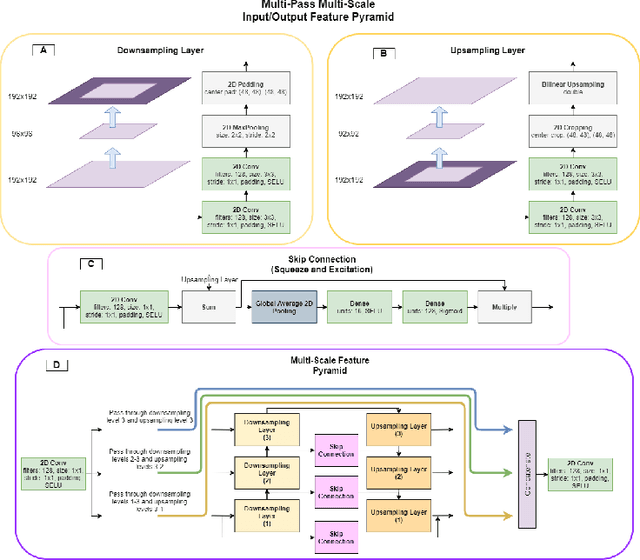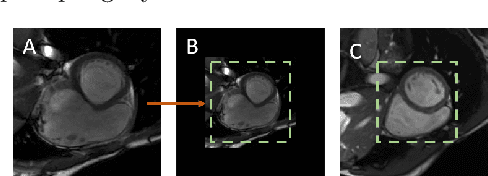Huiyi Wu
Multi-Tiered Self-Contrastive Learning for Medical Microwave Radiometry (MWR) Breast Cancer Detection
Oct 06, 2024



Abstract:The pursuit of enhanced breast cancer detection and monitoring techniques is a paramount healthcare objective, driving the need for innovative imaging technologies and diagnostic approaches. This study introduces a novel multi-tiered self-contrastive model tailored for the application of microwave radiometry (MWR) breast cancer detection. Our approach encompasses three distinct models: Local-MWR (L-MWR), Regional-MWR (R-MWR), and Global-MWR (G-MWR), each engineered to analyze varying sub-regional comparisons within the breasts. These models are cohesively integrated through the Joint-MWR (J-MWR) network, which leverages the self-contrastive data generated at each analytical level to enhance detection capabilities. Employing a dataset comprising 4,932 cases of female patients, our research showcases the effectiveness of our proposed models. Notably, the J-MWR model distinguishes itself by achieving a Matthews correlation coefficient of 0.74 $\pm$ 0.018, surpassing existing MWR neural networks and contrastive methods. These results highlight the significant potential of self-contrastive learning techniques in improving both the diagnostic accuracy and generalizability of MWR-based breast cancer detection processes. Such advancements hold considerable promise for further investigative and clinical endeavors. The source code is available at: https://github.com/cgalaz01/self_contrastive_mwr
Tempera: Spatial Transformer Feature Pyramid Network for Cardiac MRI Segmentation
Mar 01, 2022



Abstract:Assessing the structure and function of the right ventricle (RV) is important in the diagnosis of several cardiac pathologies. However, it remains more challenging to segment the RV than the left ventricle (LV). In this paper, we focus on segmenting the RV in both short (SA) and long-axis (LA) cardiac MR images simultaneously. For this task, we propose a new multi-input/output architecture, hybrid 2D/3D geometric spatial TransformEr Multi-Pass fEature pyRAmid (Tempera). Our feature pyramid extends current designs by allowing not only a multi-scale feature output but multi-scale SA and LA input images as well. Tempera transfers learned features between SA and LA images via layer weight sharing and incorporates a geometric target transformer to map the predicted SA segmentation to LA space. Our model achieves an average Dice score of 0.836 and 0.798 for the SA and LA, respectively, and 26.31 mm and 31.19 mm Hausdorff distances. This opens up the potential for the incorporation of RV segmentation models into clinical workflows.
 Add to Chrome
Add to Chrome Add to Firefox
Add to Firefox Add to Edge
Add to Edge